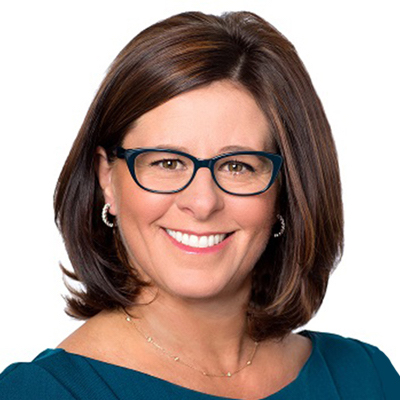As I described in my last blog, the effective use of palliative care can actually lead to patients living better and longer lives. This practice of using fewer hospital resources while achieving better patient outcomes is something that will only grow in the future. But palliative care today is currently provided in an uncoordinated fashion. This can change as it becomes integrated with the emerging Medical Home and with the increased care coordination that is taking place across the Acute Care Continuum.
Coordinating the best palliative care for the patient is both a challenge and an opportunity within the Acute Care Continuum. The challenge is to get everyone who provides palliative care on the same page, and multi-disciplinary teams are already starting to connect with patients in order to facilitate palliative care. In the process of this emerging home patient care delivery system that resembles an ACO , the next logical step will be the interaction of the home care model with the ED in the most effective and efficient manner.
Barbara Victor, MD describes meetings taking place right now about how the Medical Home can be leveraged in the Acute Care Continuum so that all specialties can help each other function at the highest level. What will be needed? Coordination of care needs to increase. Unless a group is in a highly coordinated model similar to Kaiser, there is an added challenge in having a consistent approach to the care across the many care settings. It will be crucial to research resources in the community to help a patient’s transition from the inpatient setting to a safe home environment.
If these are the challenges, then what is the opportunity? Wes Curry, MD writes that integrated practices will become new entities that provide better patient care above and beyond today’s fragmented standard in which providers work within their own silos. Harnessing the power of increased collaboration and multi-department coordination can customize palliative care for each patient. Allowing patients to have a say in their treatment plans will increase their comfort. But also in terms of the care itself, when there is one point of contact and all these different things being done, we will also find things new to address for the patient and additional ways to help.
Technology will also facilitate care coordination. Imagine if the EMR notes from a provider instantly translate into more treatment options in the medical home and more community involvement and support for the patient? Or if a POLST Form not only has what kinds of life sustaining medical treatments a patient wants, but also becomes a template in the EMR system that triggers an entire decision tree of where the patient wants to be and how they want to be treated. If the track record of palliative care is any indication, the more information that is shared the better outcomes the patients will have.
Right now palliative care is given on an individual basis by a provider who asks the patient the right questions and listens. With the Medical Home and the Acute Care Continuum involved, we are more likely to be able to give better answers as well.






















